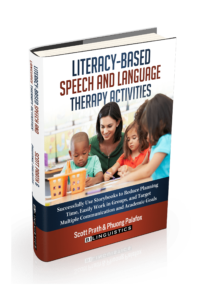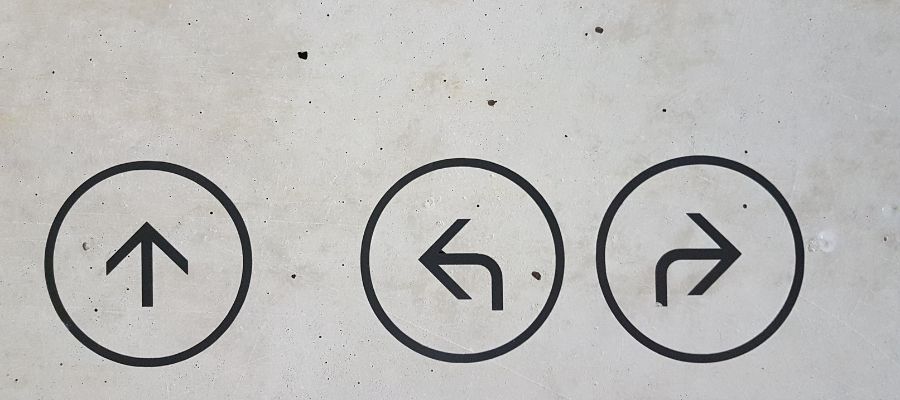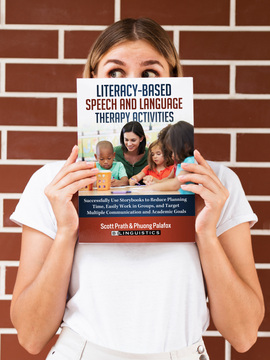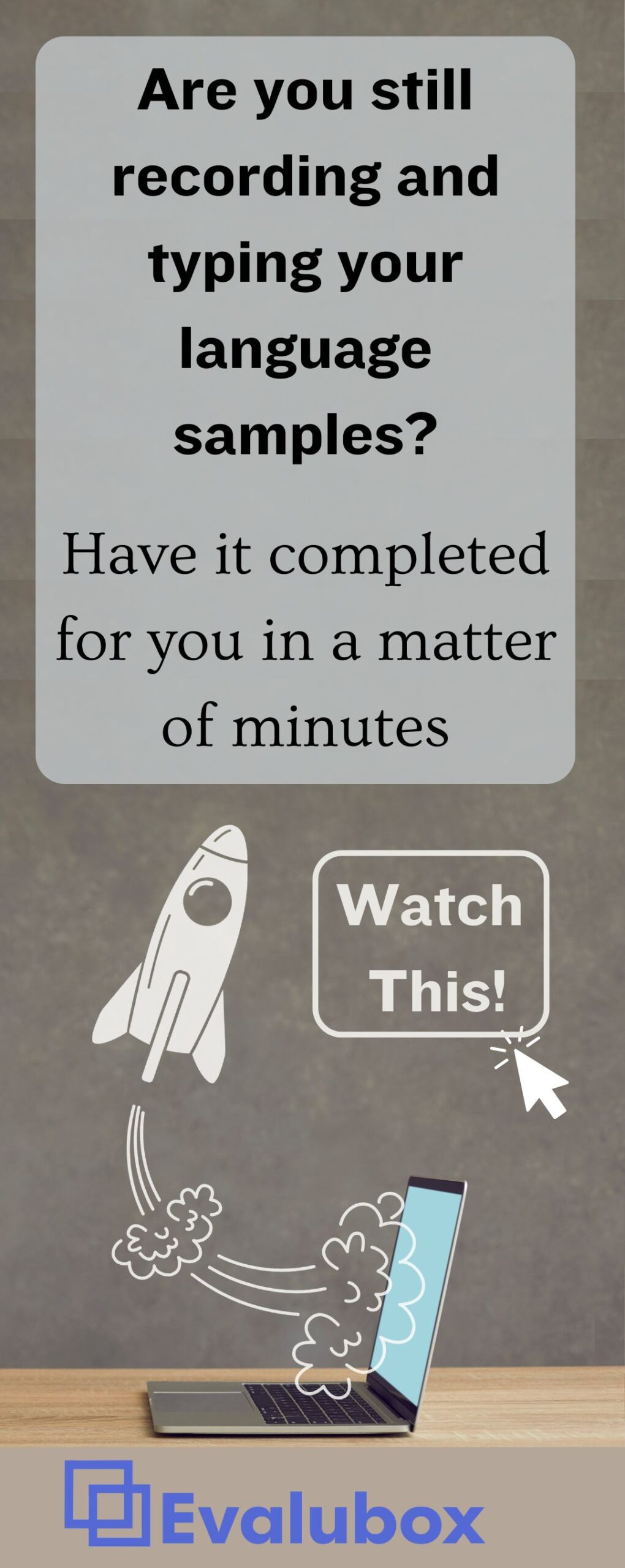
The internet abounds with tips and tricks for speech therapy following directions ideas. Fun-fun activities can be downloaded from sites like Pinterest to focus on how to improve the way a student follows directions.
From a speech pathology perspective we also need a quantifiable way to:
- identify which directions a student currently is able to follow
- record progress
- chart future goals for a student to work towards.
Let’s talk a bit about following directions and then below we have included an image of how we collect data during the Simon says-airplane making-dancing-red light/green light-direction following sessions.
Educational Planning for Following Directions
Educational plans often include goals that target understanding simple directions. It is important for a child to be able to follow directions for her own safety as well as to reduce frustration. Unfortunately, children most frequently hear rapidly-fired commands in situations that demand an immediate response. These situations do not provide visual support and offer little time for teaching. While this is a necessary part of life, other opportunities are needed to practice following directions in a more controlled setting. The events that take place throughout the day offer multiple chances to show a child how to properly follow directions. Most children enjoy participating in daily activities but can grow frustrated if they are unable to participate or produce good work because they cannot follow directions.
Your plan to quickly improve how you collect speech therapy following directions data
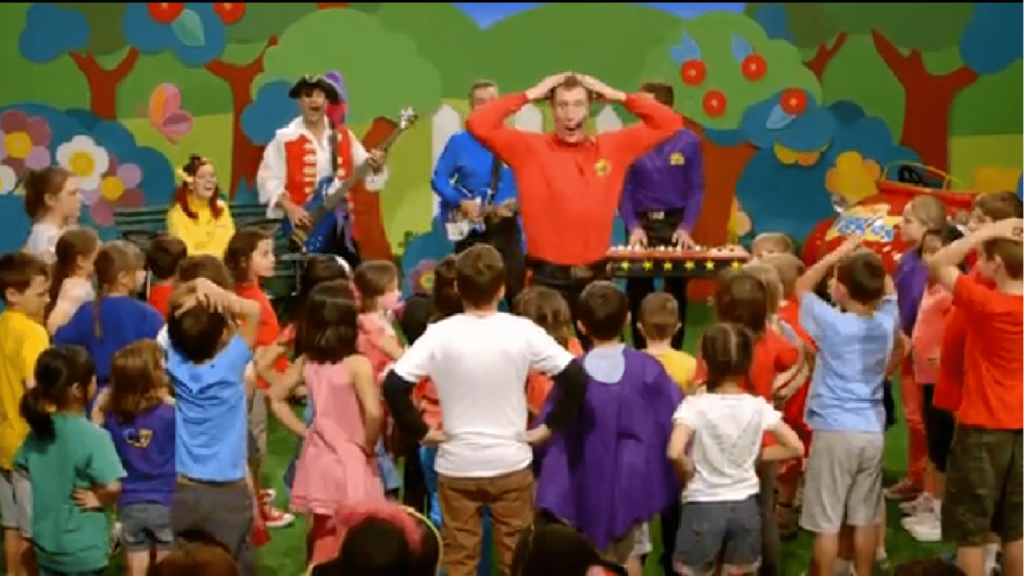
Directions can be most easily described as having a number of steps and a number of components. Directions increase in difficulty as these two aspects increase in number.
For example:
- Stand (1 step)
- Take cup (1 step + 1 component)
- Take the red cup (1 step + 2 components)
- Take the cup and sit (2 steps + 1 component)
- Take the red cup and sit (2 steps + 2 components)
We identify where the child is functioning and share that with the teacher. We then increase complexity (below move over or down one box) until the child demonstrates difficulty. Use the chart below or collect your own data in a similar fashion.
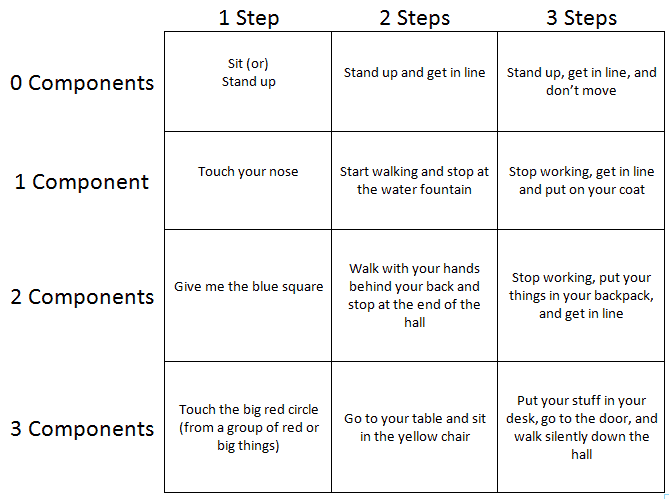
Content for this essay adapted from Literacy-Based Speech and Language Activities. Use it to learn how to create powerful language therapy using predictable books.
